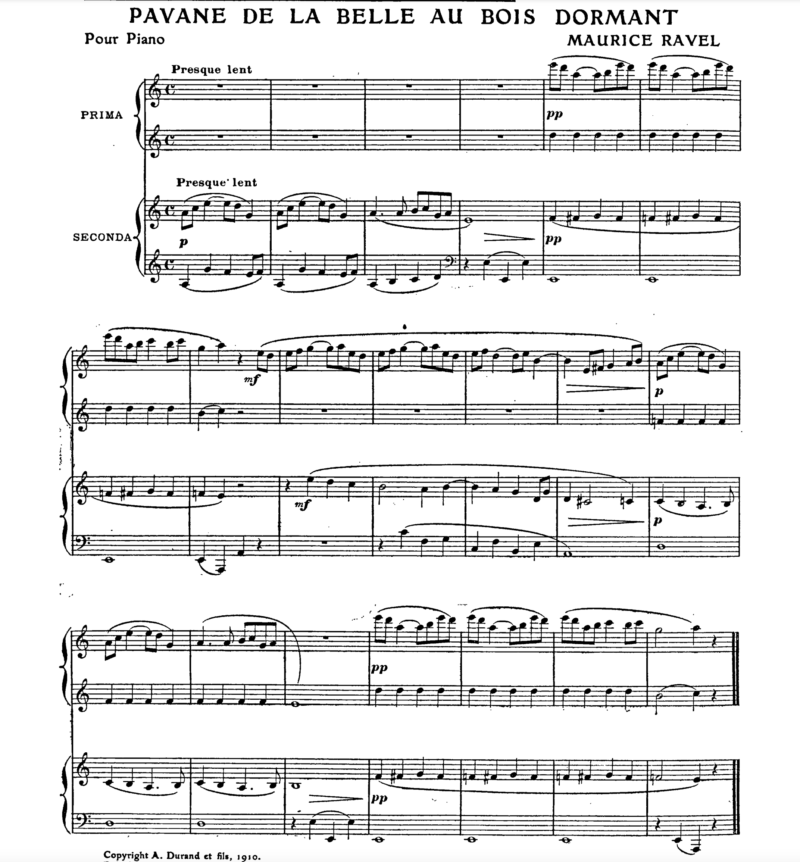More Challenging
A list

Mozart ~ Minuet in D (A9) is an eloquent early piece that makes extensive use of Alberti bass figures. This, coupled with the graceful one-in-a-bar feel makes this piece challenging to learn in terms of coordination. More so, it will sound somewhat ham-fisted unless there is a sensitive balance between the hands, with careful and stylish phrase shaping. So, definitely a piece for the more sophisticated learner. If you want to take it a step further you could always add embellishments! The ABRSM recording is rather more poised than what sounds like a digitally generated interpretation here:
_____________________________
B list


Ravel ~ Pavane de la belle au bois dormant (B7) (duet). Whilst, on the face of it, the secondo part is simple enough, the musical and technical demands are considerable. In places, the secondo and primo parts are very close to one another, and that will require careful rehearsal. It would be easy for this beautiful moment of childhood imagination to come across as rather dull, since the magic lies in the colours created at piano and pianissimo levels. Although the pedaling is traditionally taken by the secondo player, it will be much better for the primo player (presumably the teacher) to take care of this.
Check this out for inspiration! Although it is the final movement and not the first, it gives you a wonderful example of how the textures can transform something so simple into a beautiful and magical inner world.
_____________________________
C list

Elissa Milne ~ Mozzie (C2) is a great piece. There is a lot of detail, from note lengths to legato in one hand whilst playing staccato in the other.
pianist ~ Peter Noke
Ben Crossland ~ In My Spot (C4) This is only a short 12 bar piece, so what makes it more challenging? It's written in straight 8s style and needs to be around crotchet = 130, as indicated, although could go even quicker. It needs to have a solid, consistent, funky feel. Set a metronome beat to 260 to practise and check that all the quavers are absolutely rhythmically taut. Once that feel is ingrained and you revert to 130 for crotchet beats, the performance should be more solid.
Giles Swayne ~ Whistling Tune (C10) is not particularly fast, but it makes use of changing chromatic patterns and this is where the challenges are likely to reveal themselves in the learning of the piece. It is well written and a bit of analysis to help the pupil to better understand the structure of the piece could be interesting.
_____________________________
